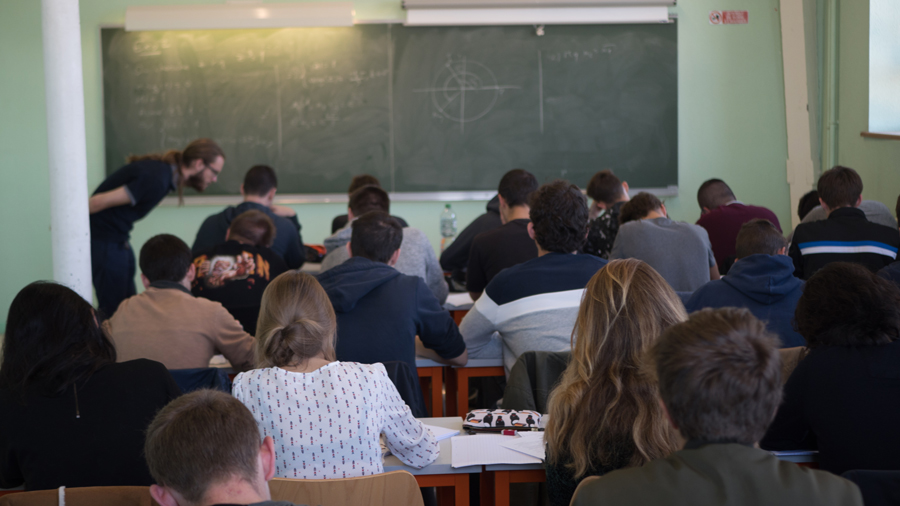In a global context where the race for miniaturization is making it possible to integrate bricks of artificial intelligence into increasingly autonomous systems, it is important for engineering students to be prepared today to meet the challenges linked to these themes of the future.
With a particular focus on the design and control of complex systems, they will develop solid skills in automation, electronics, embedded computing and related technologies.
They will learn to deal with the problems inherent in these sectors, such as designing under severe constraints, managing large amounts of data and taking into account the interactions between the various elements of a complex system. What’s more, during their training they’ll learn to be adaptable and methodical, so they can tackle tomorrow’s challenges calmly and effectively.
In the defense sector, the use of UAVs and combat aircraft in joint airspace will require the design of robust, high-performance, connected air systems.
By choosing a specialization within the ISEC option, engineering students focus their studies on innovation in embedded intelligence for the aeronautics and aerospace sectors.

at the start of the 2019 academic year to anticipate tomorrow's professions
hours for the IS2C option during the engineering cycle
In the field of on-board systems, the design office engineer is responsible for defining the architecture of these systems and designing the various pieces of equipment that make them up (on-board computers, navigation systems, telecommunications systems, etc.).
He can also contribute to the design of turbojet engine command and control systems. Finally, it may be called upon to design autonomous systems such as drones, weapons systems for today’s (Rafale) and tomorrow’s (SCAF) combat aircraft, or robotized production systems.
Its role is to verify, by means of a series of tests, the correct operation of the various embedded systems developed in nominal and degraded configurations.
In this context, he or she is responsible for processing test data and drawing up the technical conclusions of these tests.
The volume of data produced has exploded since the beginning of the 21st century (multispectral and hyperspectral images, meteorological and hydrographic data, space images, navigation data, geolocation of various means of transport, etc.).
The data enhancement engineer develops the tools needed to process this massive data, using artificial intelligence to extract the relevant information.
In liaison with the electronics and automation design engineers, it develops software for optimal control of on-board equipment (on-board computers, navigation systems, telecommunications systems, etc.) or robotized systems and their interaction with the personnel operating them, through the development of man-machine interfaces.













114 allée des charbonnières
33127 Saint Jean d'Illac
06 48 95 76 72
contactbdx@elisa-aerospace.fr
48 rue Raspail
02100 Saint-Quentin
03 23 68 06 11
contact@elisa-aerospace.fr